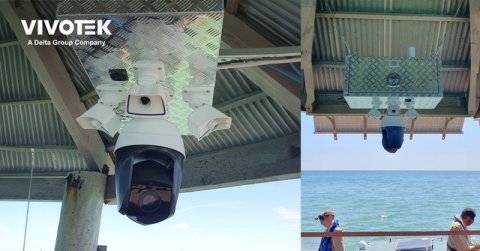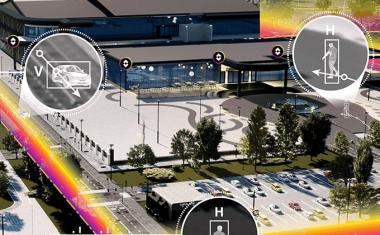Vivotek's AI Solution Boosts Wildlife Conservation

The project, a collaborative effort between two Australian government entities – Zoos Victoria and Parks Victoria – aimed to monitor seals on protected haul-out structures in the middle of Port Phillip Bay. This Australian government initiative highlighted the innovative use of surveillance technology in wildlife conservation and demonstrated the potential for Vivotek cameras to be utilized in various industries beyond security. The company offers Speed Dome cameras connected to AI servers for advanced features and applications where the impressive Zoom and IR range ensures clear and detailed images, even in challenging environments. The cameras deliver sharp and crisp footage for enhanced surveillance and are housed in weather-proof IP66-rated, vandal-proof IK10, and NEMA 4X-rated housings, ensuring durability and reliability in various weather conditions. The cameras were not installed within the confines of the zoo but rather on haul-out structures in the middle of Port Phillip Bay, where the Marine Response Unit operates to rescue distressed seals from the wild. The remote location necessitated a standalone system powered by solar energy, with 4G LTE connectivity and a large lithium power pack to ensure continuous operation. The PTZ camera had to be of high enough resolution and zoom to detect entanglements like fishing line and rope, as well as any injuries sustained by the seals. Vivotek provided a comprehensive solution in this project, integrating advanced Speed Dome cameras with AI-powered systems to enhance wildlife conservation. The solution involved the installation of Speed Dome cameras, the SD9384-EHL professional IR speed dome camera (PTZ), on the haul-out structures. Connected to a proprietary server-based AI system, these cameras were trained to detect entanglements, wounds, and monitor seal health, providing real-time vision to the Marine Response Unit for prompt medical callouts. By providing real-time vision to the Marine Response Unit, the system facilitated prompt medical callouts, enhancing wildlife conservation efforts.















